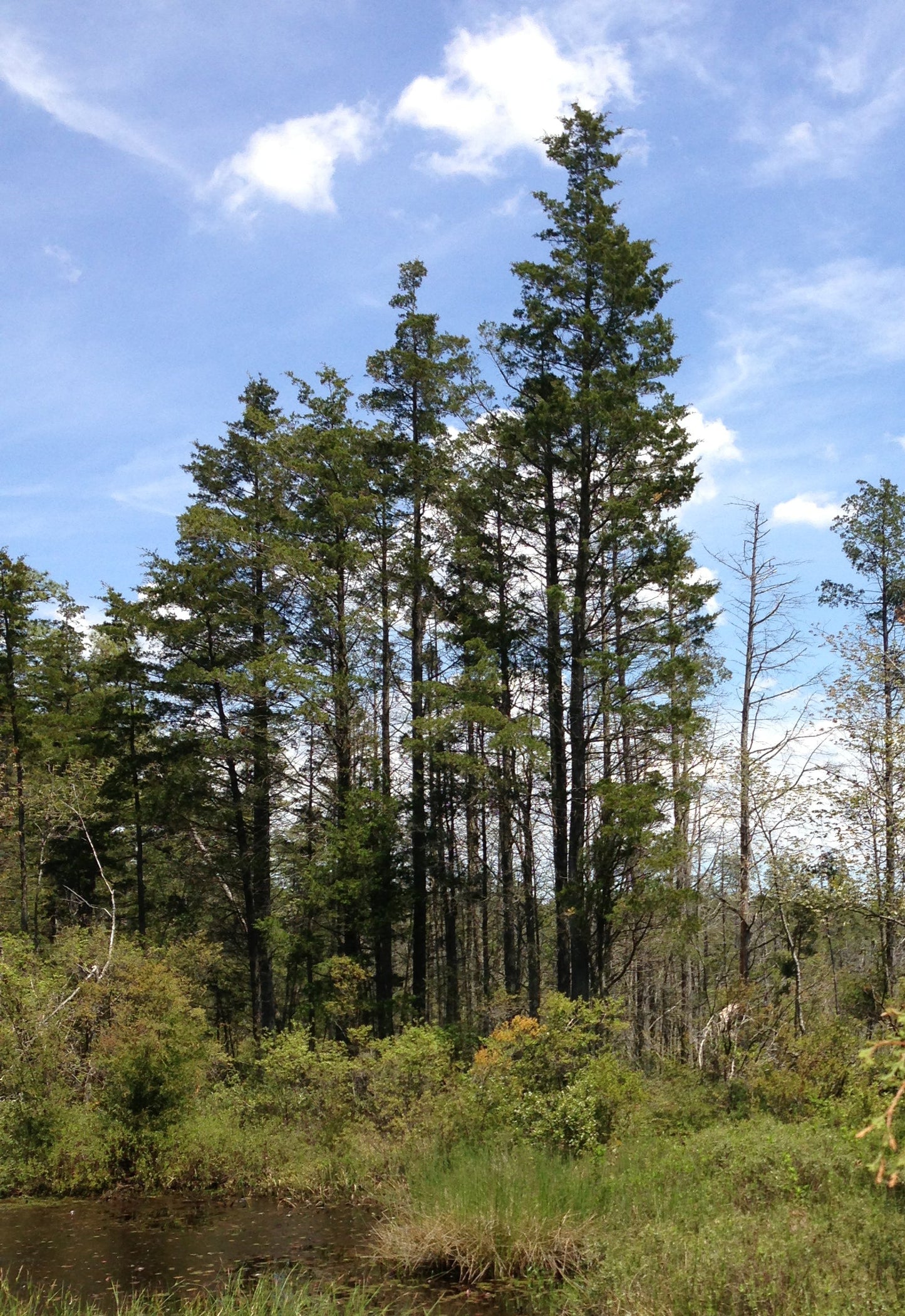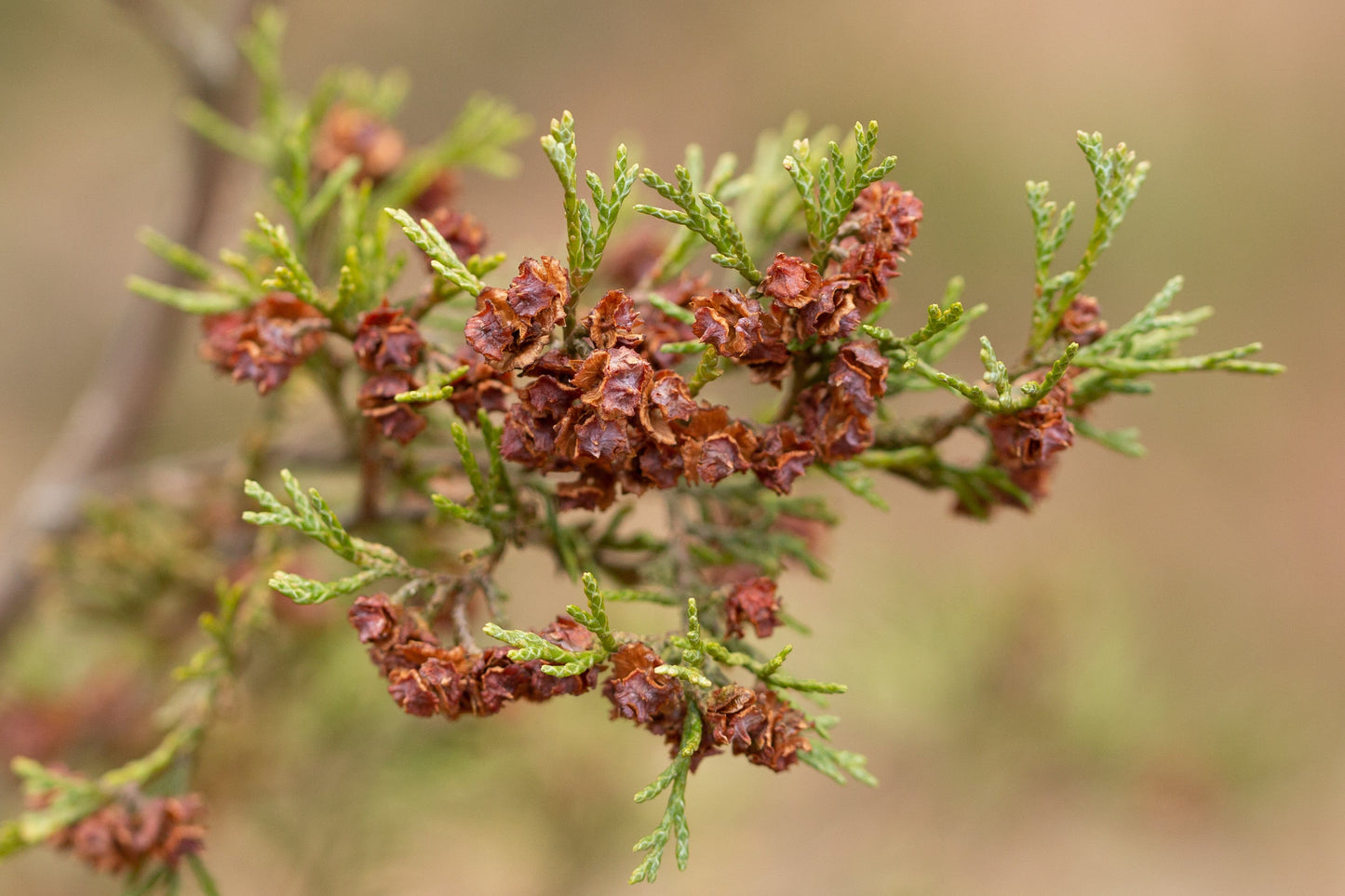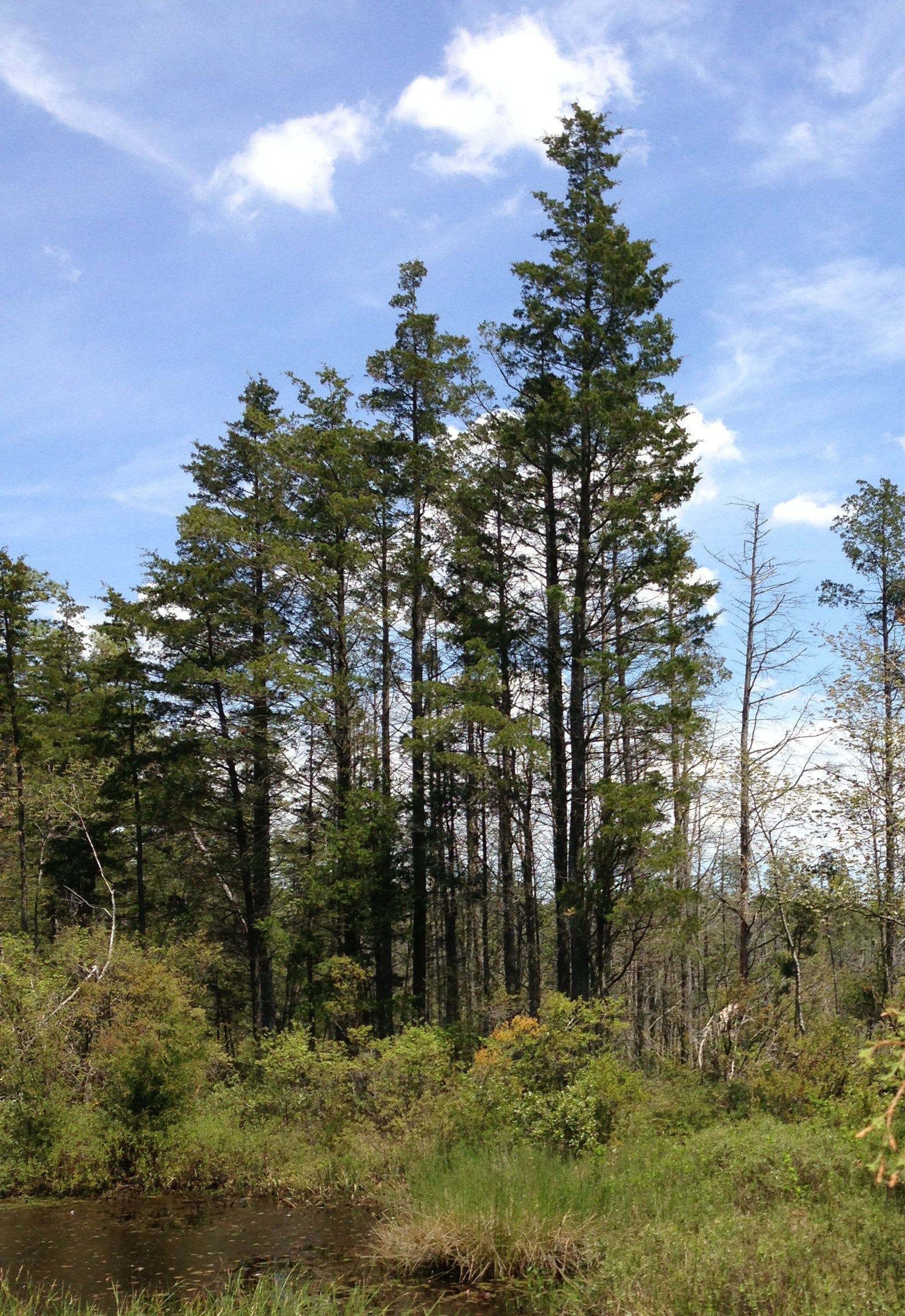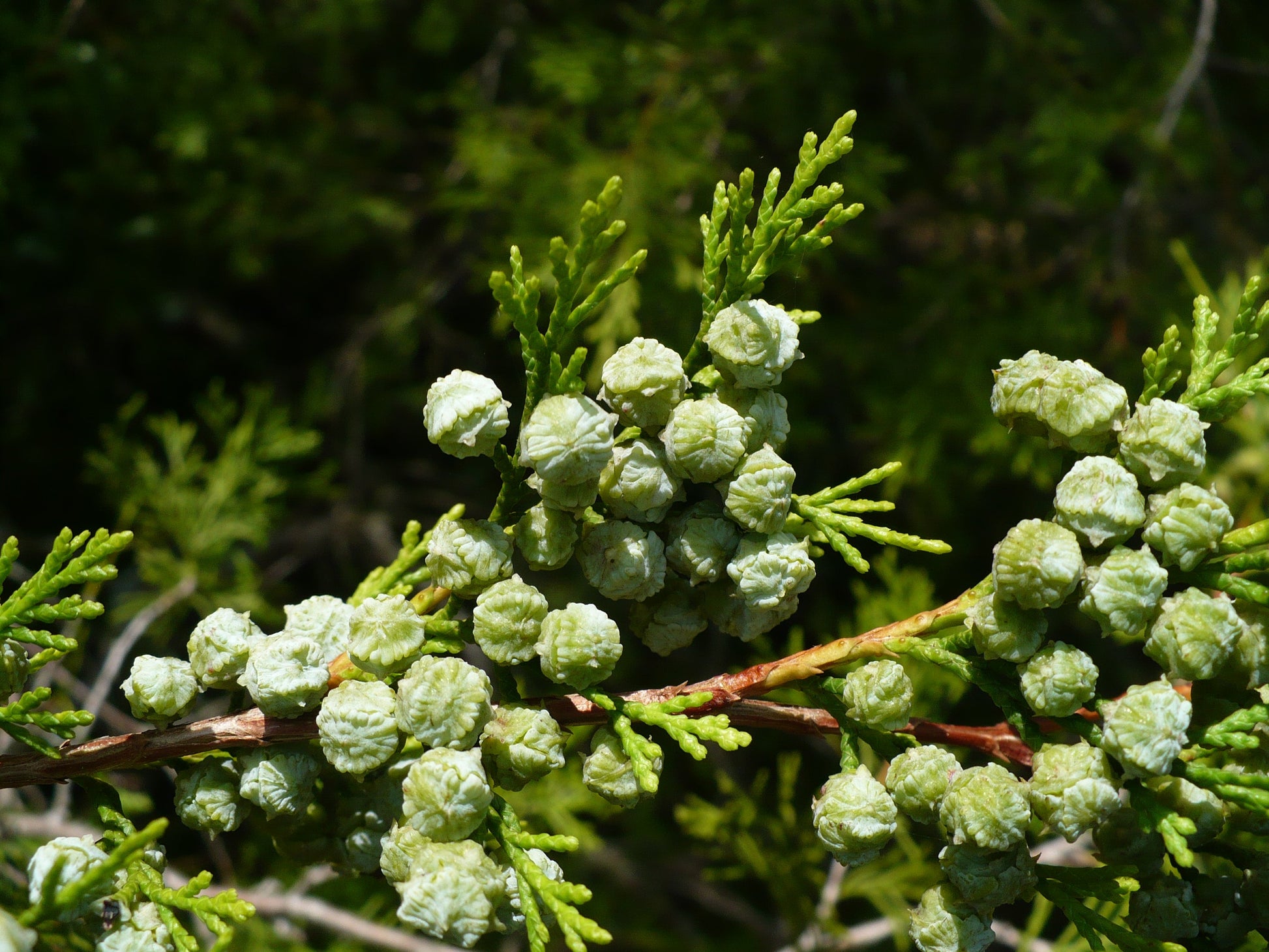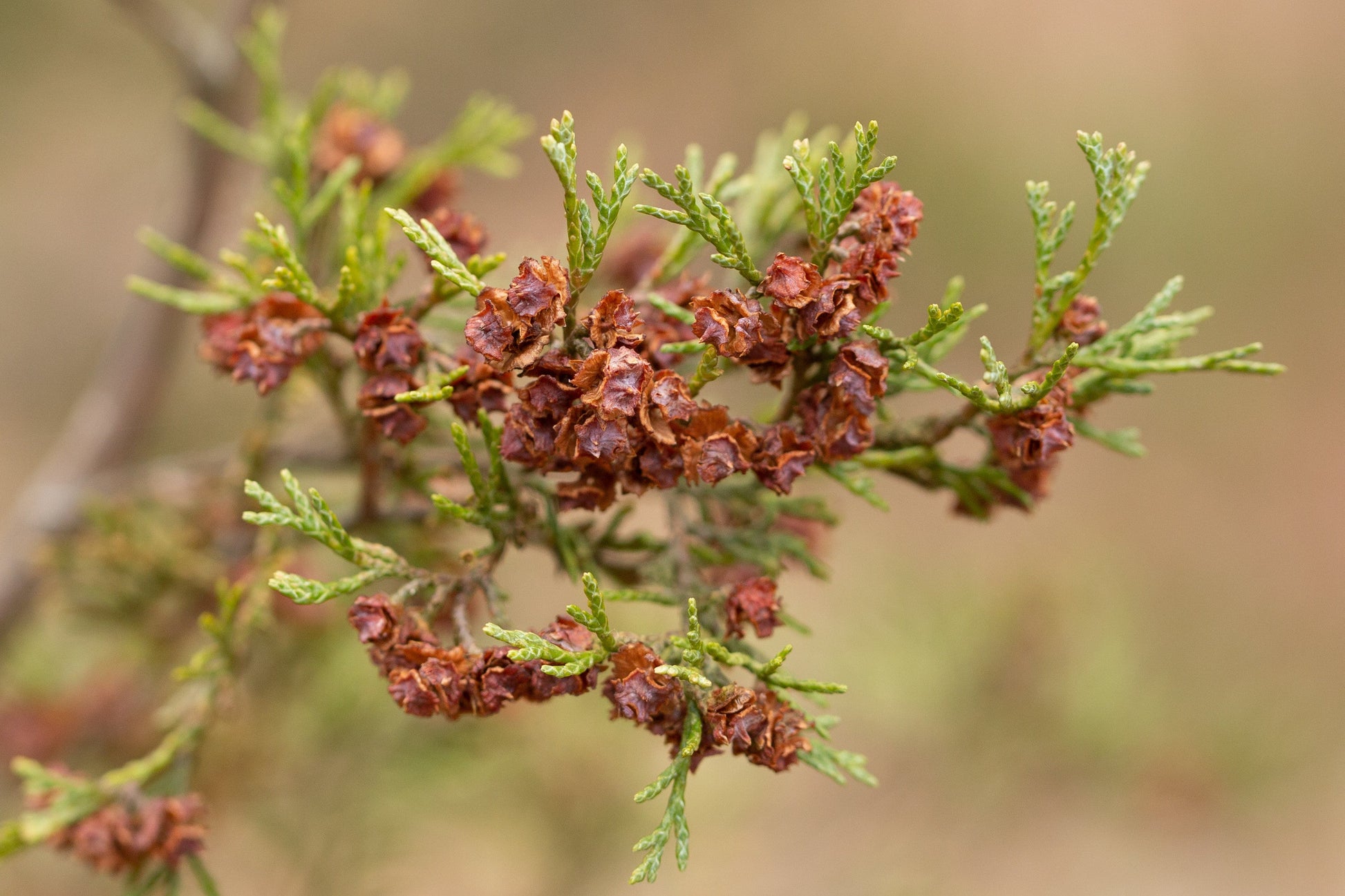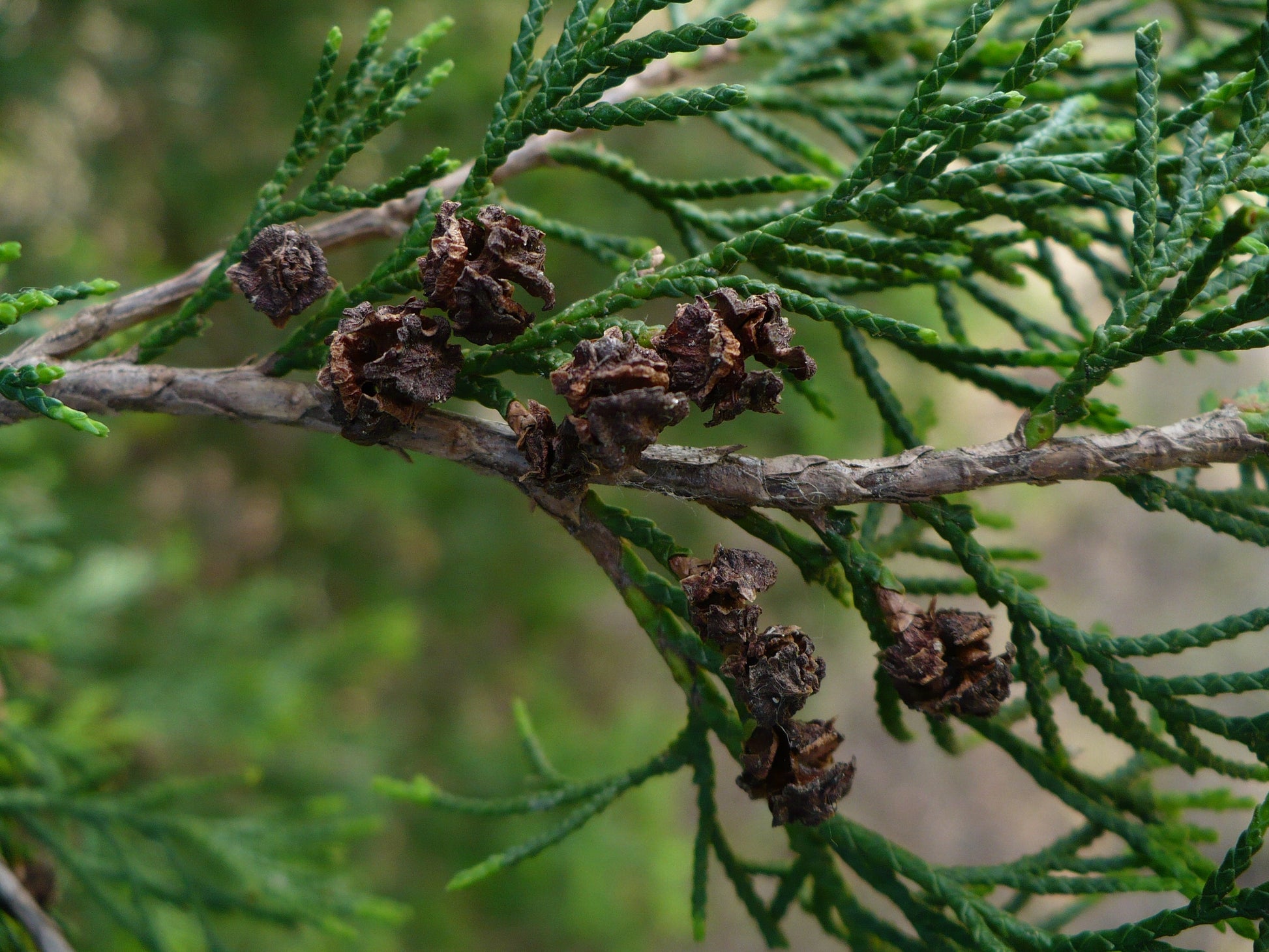Floridaseeds
Atlantic White Cedar Chamaecyparis thyoides 100 Seeds USA Company
Atlantic White Cedar Chamaecyparis thyoides 100 Seeds USA Company
Couldn't load pickup availability
Chamaecyparis thyoides, commonly known as Atlantic white cedar or southern white cedar, is a species of coniferous tree native to the eastern United States. It's typically found in wetland areas, such as swamps, bogs, and along the edges of streams and rivers, along the Atlantic coast from Maine to Florida, as well as in the Gulf of Mexico region.
Atlantic white cedar is a slow-growing tree that can reach heights of up to 50 to 70 feet (15 to 21 meters) tall, with a narrow, conical crown. Its leaves are scale-like and arranged in flattened sprays, and its bark is fibrous and reddish-brown in color.
This species is valued for its durable and decay-resistant wood, which has been traditionally used for a variety of purposes including construction, shingles, fencing, and boat-building. Hardy in zones 4-8.
Growing Instructions for the Atlantic White Cedar
The seeds need to be planted when received or stored in a refrigerator until they are planted. The seeds have a period of dormancy. They can be planted outdoors in the fall or winter for spring germination or they can be cold stratified to simulate winter conditions and to break their dormancy at any time of the year. 1. Soak the seeds in water for 24 hours. 2. Put the mixture in a ziplock bag. 3. Put the bag in the refrigerator and leave it there for 180 days. 4. Fill a container with a good quality potting compost. 5. Sow the seeds ¼ of an inch deep. 6. Water the soil so that it is moist but not wet. 7. When the seedlings are a few inches tall, they can be transplanted.
Materials
Materials
Shipping & Returns
Shipping & Returns
Dimensions
Dimensions
Care Instructions
Care Instructions
Share
